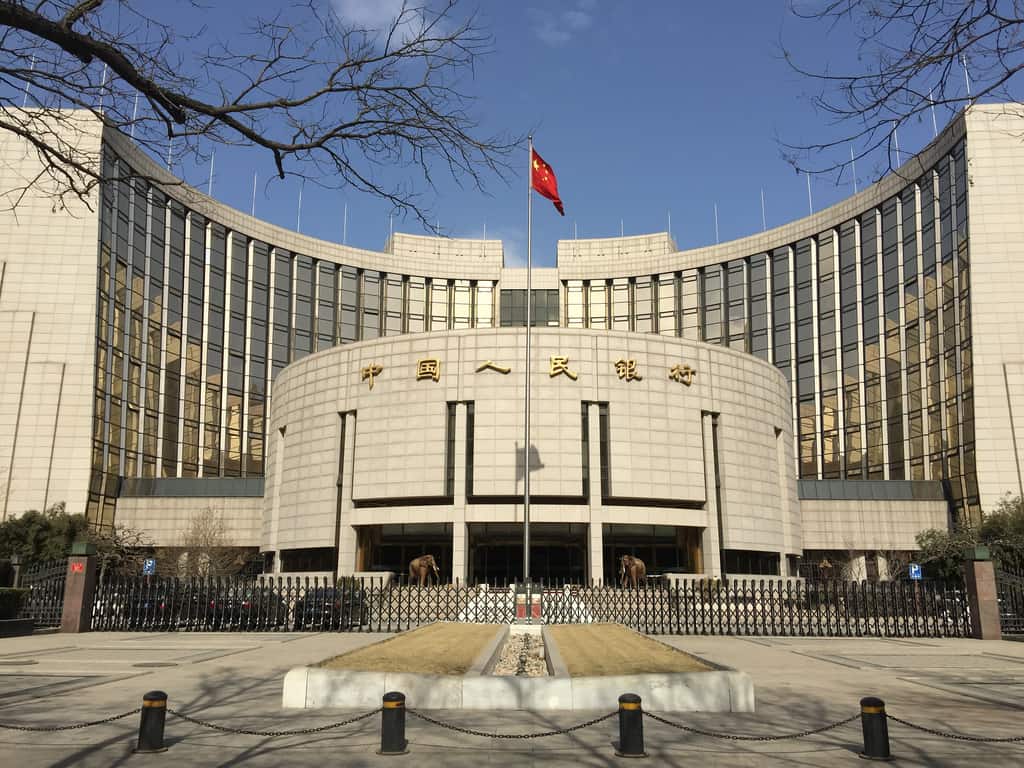The People’s Bank of China (PBOC) has announced plans to reform operating methods for its Standing Lending Facilities (SLF), as part of efforts to reduce liquidity risk in the Chinese financial system via open market operations.
PBOC said that it would drive reform of SLF operating methods and make such reforms “key work at present,” at a meeting held on 23 September.
“[We] must actively and steadily drive SLF reforms, optimise operating procedures, raise operating efficiency, promptly satisfy the rational liquidity needs of local legal person financial institutions and effectively prevent liquidity risk,” said the meeting.
PBOC said that SLF rates serve as the ceiling for the interest rate corridor on the Chinese money market, and that reform of SLF operations will “achieve full process electrification in an orderly manner, which is of benefit to raising operational efficiency, stabilising market expectations, strengthening the stability of liquidity in the monetary system, and maintaining the stable operation of money market interest rates.”
In the first half of 2021 PBOC undertook 59.1 billion yuan in SLF operations, including 11.6 billion yuan in the second quarter. As of the end of June the SLF balance was 8.6 billion yuan.


